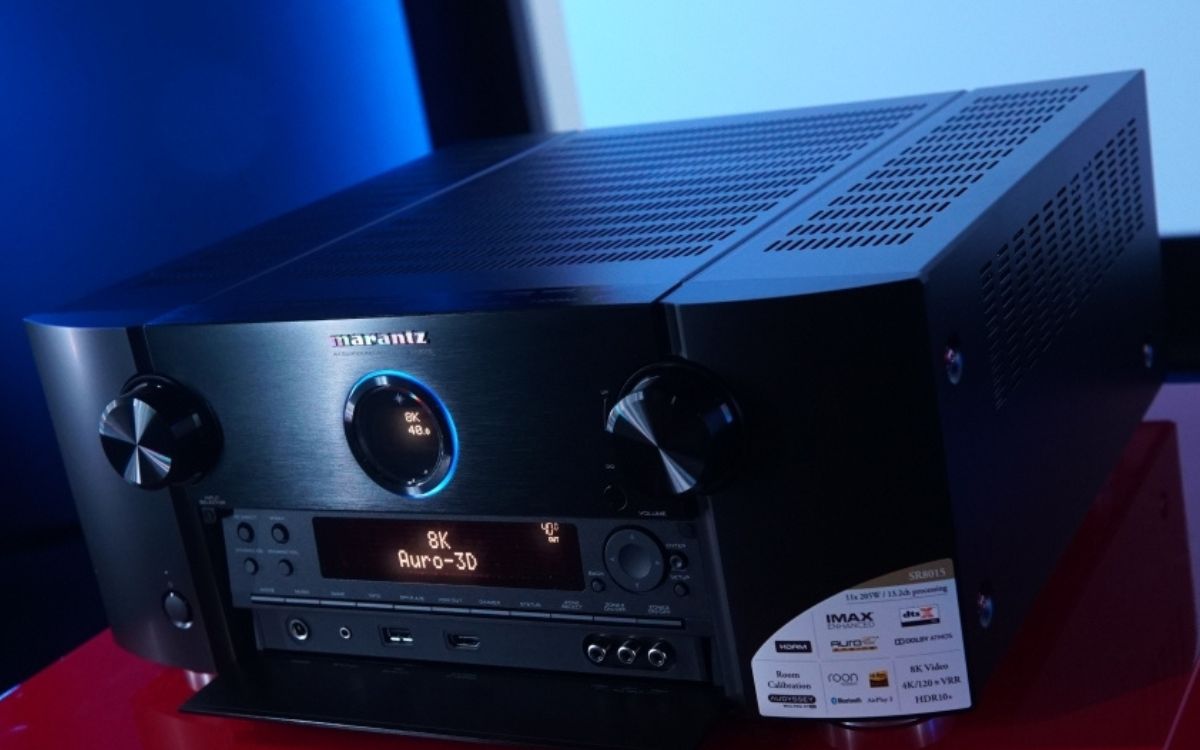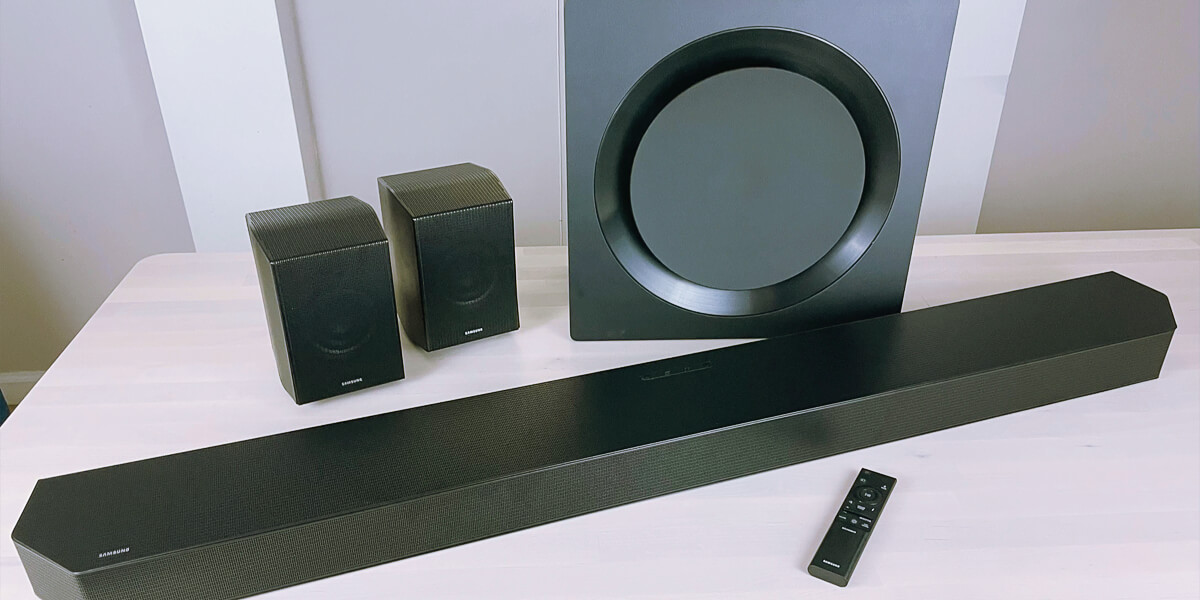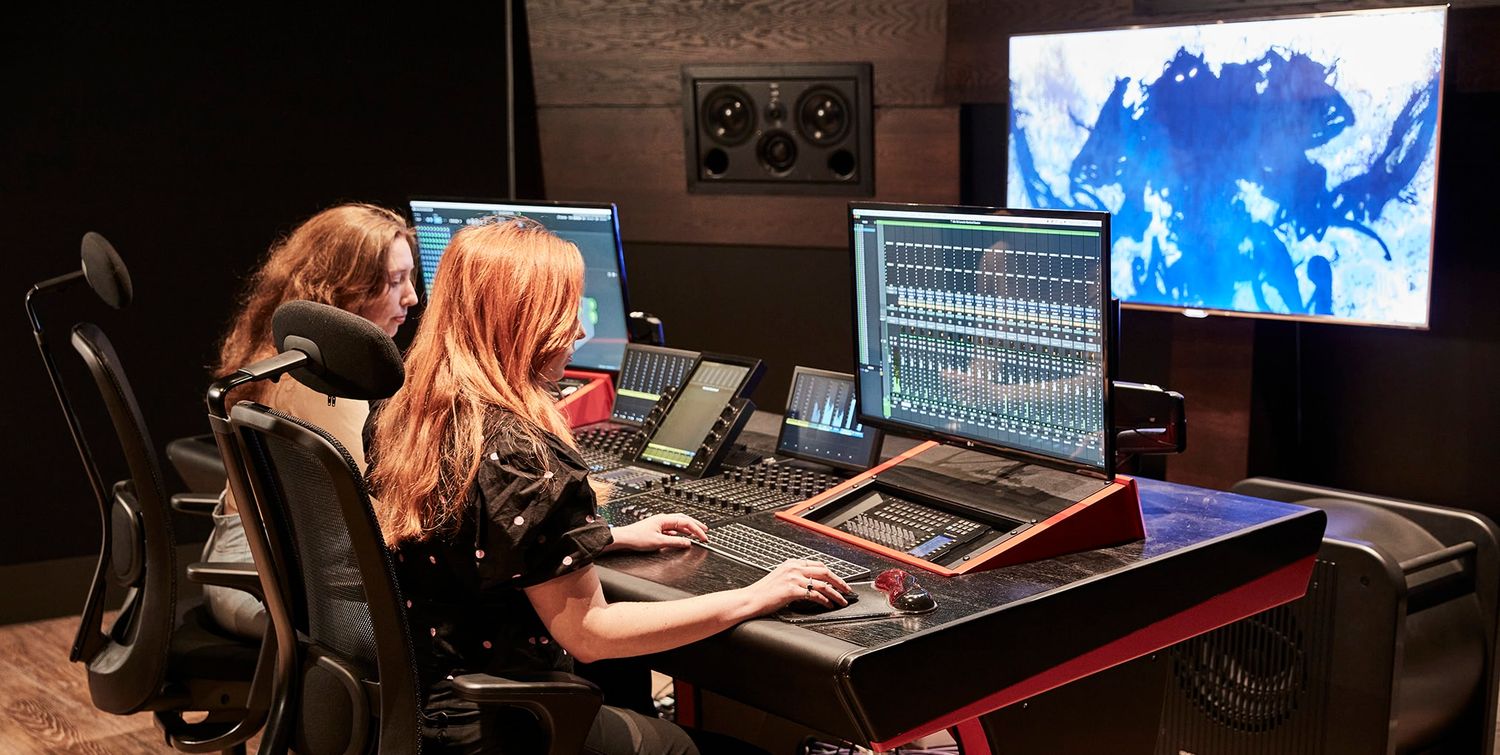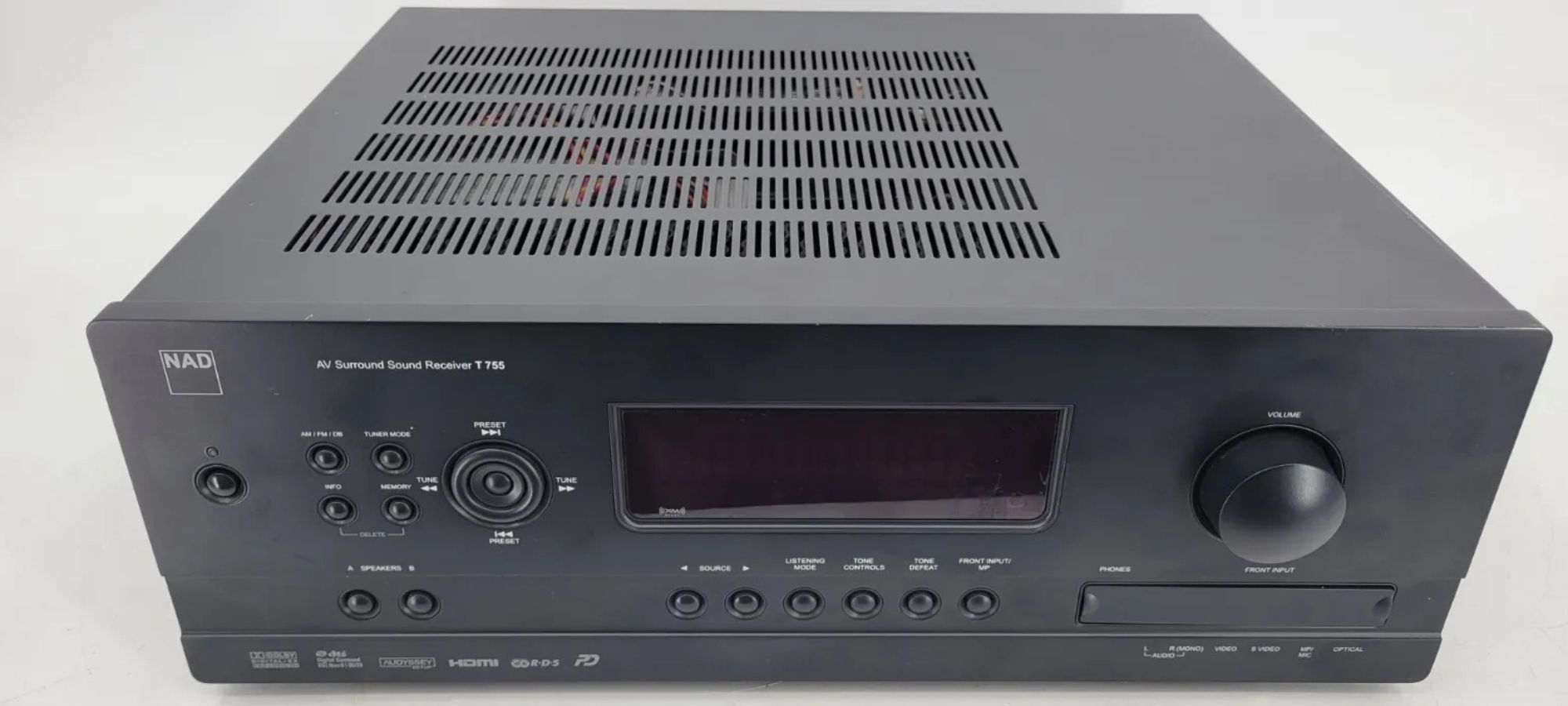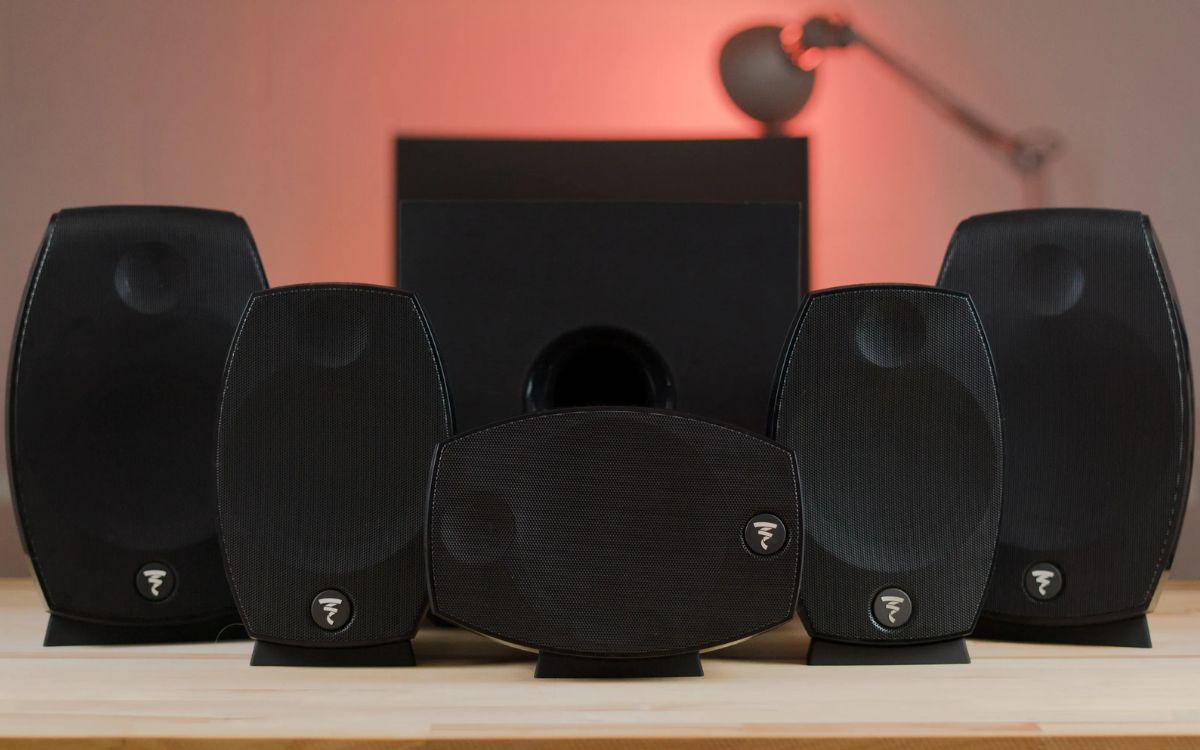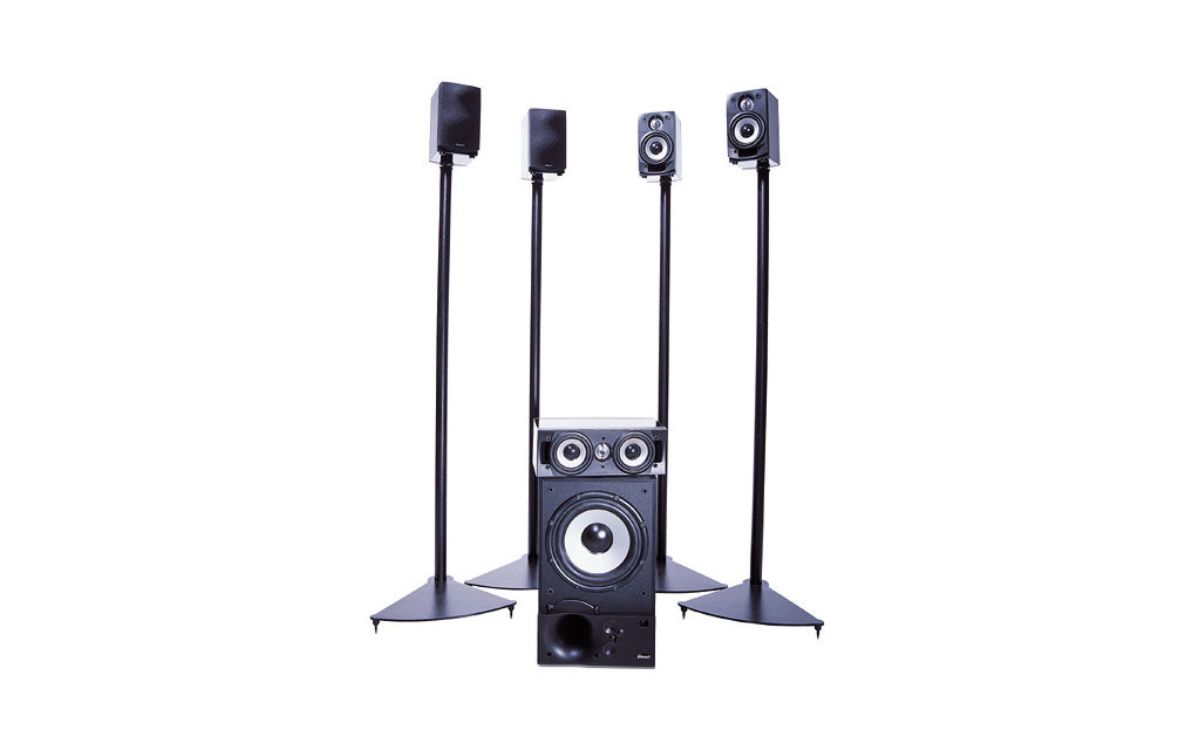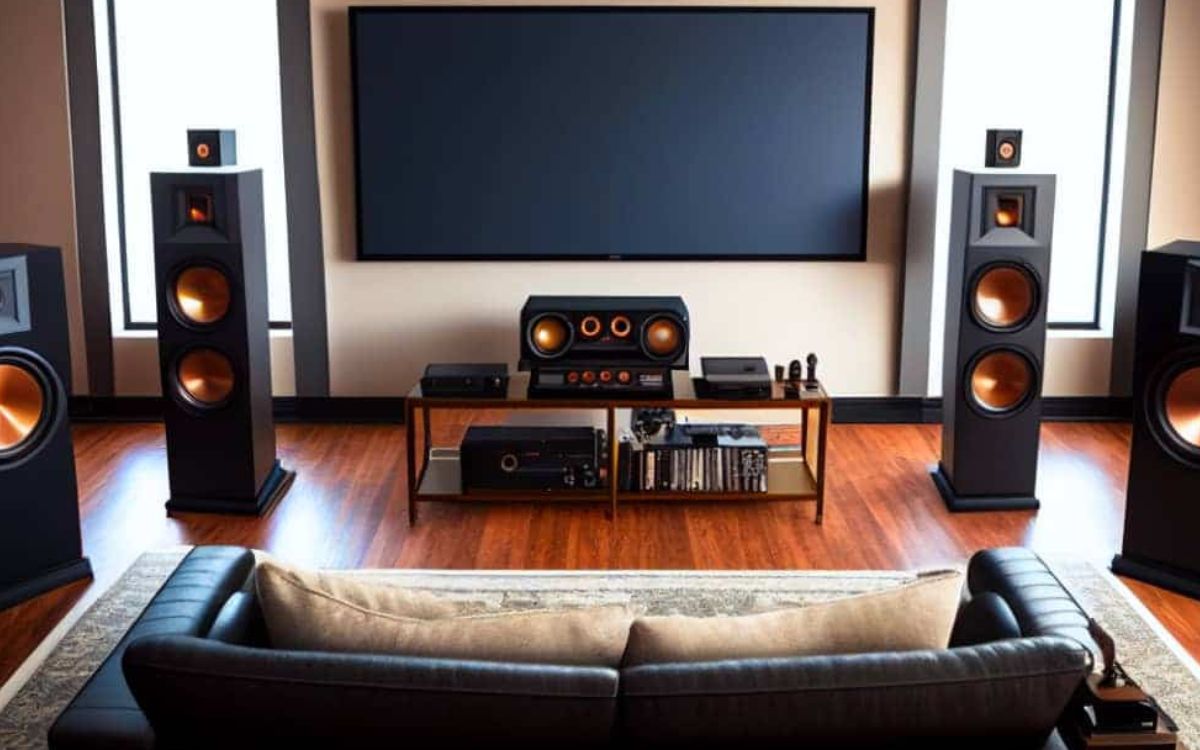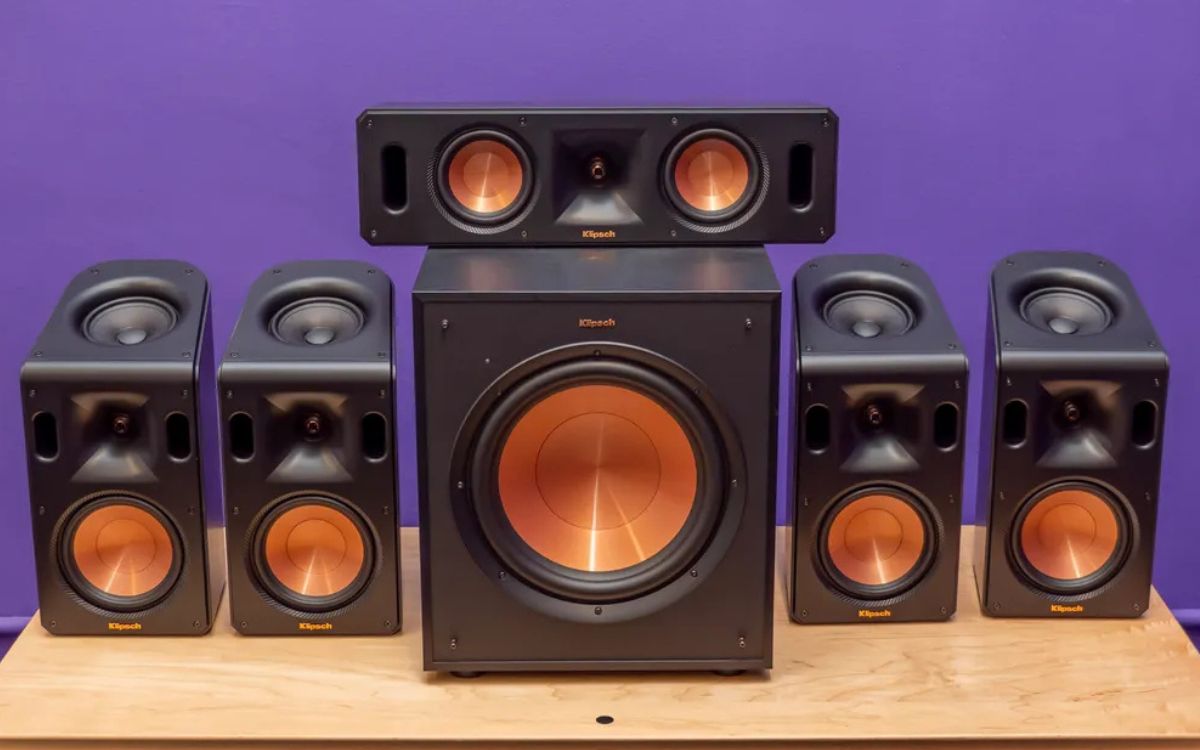Home>Production & Technology>Surround Sound>What Does Surround Sound Do


Surround Sound
What Does Surround Sound Do
Modified: January 22, 2024
Discover the benefits of surround sound and how it enhances your audio experience. Immerse yourself in a world of sound with our surround sound systems.
(Many of the links in this article redirect to a specific reviewed product. Your purchase of these products through affiliate links helps to generate commission for AudioLover.com, at no extra cost. Learn more)
Table of Contents
Introduction
Surround sound is a revolutionary audio technology that enhances the entertainment experience by creating an immersive and realistic audio environment. Whether you’re watching a movie, playing video games, or listening to music, surround sound can transport you into the heart of the action, making you feel like you’re part of the scene.
Imagine hearing the faint rustle of leaves as your favorite character sneaks through the forest, or feeling the rumbling vibrations of an explosion as it reverberates through the room. These are the kind of sensations that surround sound can deliver, elevating your viewing and listening experiences to a whole new level.
But what exactly is surround sound? How does it work? And what are the benefits and applications of this audio technology? In this article, we will explore the fascinating world of surround sound, delve into its inner workings, and uncover the various types and applications of surround sound systems.
Whether you’re a movie buff, a gaming enthusiast, or simply someone who appreciates high-quality audio, understanding the power of surround sound can enhance your overall entertainment experience. So, strap yourself in and get ready to dive into the captivating world of surround sound.
Definition of Surround Sound
Surround sound refers to a system of audio reproduction that utilizes multiple speakers to create a three-dimensional sound field. It aims to immerse the listener in a 360-degree audio environment, where sound can be heard not only from the front, but also from the sides and rear.
The primary goal of surround sound is to recreate the spatial and directional attributes of sound. By distributing audio signals to different speakers strategically placed around the listener, the system can accurately replicate the way sound behaves in real-life environments, making it feel more natural and lifelike.
A standard surround sound system typically consists of a combination of speakers, an audio receiver or amplifier, and a media source such as a DVD or Blu-ray player. The speakers are positioned around the room to create a cohesive audio experience, with each speaker responsible for producing specific audio channels.
Common configurations of surround sound systems include 5.1, 7.1, and even more advanced setups like 9.1 or 11.1, with the numbers denoting the number of main speakers and subwoofers. The “5” or “7” stands for the main speakers, usually placed in the front and rear of the room, while the “.1” refers to the dedicated subwoofer that reproduces low-frequency sounds, such as deep explosions or rumbling bass.
Overall, surround sound technology allows for a more engrossing and immersive audio experience, bringing movies, music, and games to life by delivering sound from all directions. It adds depth, dimension, and realism to the audio content, enhancing the overall entertainment value and making it more enjoyable for the listeners.
How Surround Sound Works
Surround sound works by reproducing audio from multiple speakers strategically positioned around the listener. The system uses a process known as sound encoding and decoding to create an immersive and realistic audio experience.
The source audio, whether it be from a movie, game, or music track, is mixed and encoded with specific audio signals that correspond to different channels. These channels represent different aspects of the audio, such as dialogue, background music, sound effects, or ambient noise. The most common surround sound formats include Dolby Digital and DTS.
When the encoded audio reaches the surround sound system, the audio receiver or processor decodes the signals and distributes them to the appropriate speakers. Each speaker plays a specific channel, creating a multidimensional audio field that surrounds the listener.
In a typical 5.1 surround sound setup, there are six channels: front left, front right, center, rear left, rear right, and the dedicated subwoofer for low frequencies. The front speakers are responsible for delivering dialogue and other sounds that occur in front of the listener, while the rear speakers create a sense of depth and provide ambient effects and background noises.
The center channel ensures clear and focused dialogue, anchoring the sound to the screen or source of the audio. The subwoofer adds depth and impact to low-frequency sounds, such as explosions or deep bass music.
Advanced surround sound setups, such as 7.1 or 9.1 systems, include additional speakers placed at different angles around the listening area, further immersing the listener in a three-dimensional sound environment.
Overall, surround sound technology relies on precise speaker placement, accurate decoding of audio signals, and the synchronization of all speakers to create an enveloping audio experience that enhances the entertainment value of movies, games, and music.
Benefits of Surround Sound
Investing in a surround sound system can greatly enhance your entertainment experience by providing several benefits that traditional stereo or TV speakers may not deliver. Here are some of the key advantages of surround sound:
- Immersive Audio Experience: Surround sound creates a realistic and immersive audio environment by enveloping the listener in a 360-degree sound field. This adds depth, dimension, and realism to movies, games, and music, making you feel like you’re part of the action.
- Enhanced Spatial Sound: With surround sound, you can enjoy accurate spatial sound reproduction, where you can hear sounds coming from specific directions. This helps to create a more authentic and engaging audio experience, allowing you to pinpoint the location of sounds within the room.
- Improved Dialogue Clarity: Dialogue is a crucial element in movies and TV shows. Surround sound systems typically have a dedicated center channel speaker, which ensures clear and focused dialogue delivery. This makes it easier to understand conversations and enhances the overall audio quality.
- Realistic Sound Effects: Surround sound systems excel in reproducing sound effects, such as explosions, gunshots, or the rustling of leaves. These effects are more distinct and impactful with surround sound, adding excitement and immersion to action-packed scenes.
- Deeper Bass Response: Many surround sound systems come with a dedicated subwoofer that produces deep, rumbling bass frequencies. This enhances the low-end sounds, providing a more dynamic and cinematic audio experience.
- Multi-Room Audio Options: Some surround sound systems offer multi-room audio capabilities, allowing you to extend the audio experience to other rooms in your home. This means you can enjoy synchronized audio throughout your living space, creating a seamless entertainment environment.
- Flexibility and Customization: Surround sound systems often come with various audio settings and equalizer options, giving you the ability to fine-tune the sound to your preferences. This allows for a personalized audio experience tailored to your specific tastes.
By embracing surround sound technology, you can take your entertainment to new heights, immersing yourself in a rich audio experience that heightens the emotional impact of movies, gameplay, and music. Whether you’re a cinephile, gamer, or music enthusiast, the benefits of surround sound are sure to elevate your entertainment enjoyment.
Applications of Surround Sound
Surround sound technology finds its applications in various forms of entertainment, bringing a new level of immersion and realism to different media experiences. Here are some of the key applications of surround sound:
- Home Theater Systems: One of the most popular applications of surround sound is in home theater systems. Whether you’re watching movies or streaming your favorite TV shows, surround sound can transform your living room into a cinematic experience, allowing you to enjoy films with theater-like audio quality.
- Gaming: Gaming enthusiasts can greatly benefit from surround sound systems. By accurately reproducing sound effects and spatial audio cues, surround sound brings games to life, making you feel like you’re right in the middle of the action. It enhances immersion, improves situational awareness, and heightens the overall gaming experience.
- Music Listening: Surround sound is not limited to just movies and games. Many surround sound systems also provide enhanced audio experiences for music listening. By distributing audio across multiple speakers, surround sound systems can create a more spacious and engaging soundstage, allowing you to appreciate the nuances of your favorite tracks.
- Sports Viewing: Surround sound can add excitement and realism to watching sports events. By replicating the roar of the crowd, the sound of the ball being kicked, or the screeching of skates on ice, surround sound can make you feel like you’re part of the live audience, enhancing the thrill of sports viewing.
- Virtual Reality (VR): Virtual reality experiences benefit greatly from surround sound technology. By providing accurate positional audio, surround sound complements the visual immersion of VR, creating a more realistic and immersive virtual world.
- Music Production and Mixing: Surround sound is also utilized in professional audio production and mixing studios. It allows producers and sound engineers to position audio elements precisely, enhancing the spatial and depth effects in their music compositions.
The applications of surround sound are diverse, catering to various forms of entertainment. Whether you’re enjoying a movie night, gaming session, or listening to music, surround sound can elevate your experience, captivating your senses and immersing you in the audio content like never before.
Different Types of Surround Sound Systems
There are several different types of surround sound systems available, each offering its own unique features and capabilities. Here are some of the most common types:
- 5.1 Surround Sound: This is the most widely used and popular surround sound configuration. It consists of five speakers – front left, front right, center, rear left, and rear right – along with a dedicated subwoofer for low-frequency effects. The 5.1 setup provides an immersive audio experience and is suitable for most home theater setups.
- 7.1 Surround Sound: This configuration expands upon the 5.1 setup by adding two additional speakers – rear surround left and rear surround right. The 7.1 system provides a more enveloping soundstage, allowing for a more precise audio positioning and enhanced immersion.
- 9.1 and 11.1 Surround Sound: These setups are even more advanced and include additional speakers for an even more immersive audio experience. The 9.1 configuration adds two height speakers to the 7.1 system, while the 11.1 system includes an additional set of front height speakers. These setups are ideal for larger home theaters or dedicated audio rooms where optimal audio precision is desired.
- Dolby Atmos and DTS:X: Dolby Atmos and DTS:X are the latest advancements in surround sound technology. Instead of relying solely on speakers placed around the listener, these formats incorporate overhead speakers or upward-firing speakers to create a truly three-dimensional audio experience. This allows for sound to be placed and moved in a 3D space, providing a sense of height and verticality.
- Soundbars: Soundbars are a popular option for those looking for a minimalist setup or limited space. These are long, slim speaker systems that often come with built-in surround sound processing. While they may not provide the same level of immersion as a dedicated multi-speaker setup, soundbars can still enhance the audio experience compared to TV speakers.
When choosing a surround sound system, consider the size of your room, the desired level of audio precision, and your budget. Each system has its own advantages and limitations, so it’s important to find the configuration that best suits your needs and preferences.
Factors to Consider when Setting Up Surround Sound
Setting up a surround sound system involves careful planning and consideration to ensure optimum audio performance. Here are some factors to keep in mind when setting up your surround sound system:
- Room Size and Layout: The size and layout of your room play a crucial role in determining the placement of your speakers. Larger rooms may require more powerful speakers, while smaller rooms may benefit from compact speaker options. Consider the acoustics of the room and any furniture or obstacles that may obstruct sound waves.
- Speaker Placement: Proper speaker placement is essential for achieving optimal surround sound. The front left and right speakers should be at the same height as your ears when seated, creating a balanced soundstage. The center channel speaker should be placed above or below the screen for clear dialogue reproduction. Rear speakers should ideally be behind the listener, while subwoofers can be placed anywhere in the room to evenly distribute low-frequency effects.
- Room Acoustics: Take into account the acoustic properties of your room. Hard, reflective surfaces can cause sound reflections and echoes, while soft materials can absorb sound. Consider adding acoustic treatments like rugs, curtains, or acoustic panels to minimize unwanted reflections and improve audio clarity.
- Speaker Calibration: Most surround sound systems come with a calibration process that adjusts the audio settings based on your room’s acoustics. Utilize these calibration tools to ensure each speaker is properly balanced and aligned. This will help create a cohesive and immersive audio experience.
- Audio Source Quality: The quality of your audio source greatly impacts the overall sound experience. Invest in high-quality audio formats, such as Blu-ray discs or streaming services that support lossless audio. Opting for uncompressed audio files or high-bitrate streaming can enhance the details and dynamics of the audio.
- Cabling and Wiring: Proper cable management and wiring are crucial for a clean and organized setup. Ensure that cables are securely connected and neatly concealed to minimize clutter and potential tripping hazards. Use quality cables that are appropriate for the speaker distances and power requirements.
- Receiver and Amplifier Selection: The receiver or amplifier is the heart of your surround sound system. Choose a receiver that is compatible with the audio formats you want to use and has the necessary inputs and outputs for your components. Consider the power rating and audio processing capabilities to match your speaker setup and desired audio output.
By taking these factors into account and carefully setting up your surround sound system, you can maximize the audio performance and create an immersive and enjoyable audio experience in your home theater or entertainment space.
Troubleshooting Surround Sound Issues
While surround sound systems can provide an incredible audio experience, occasional technical issues or glitches may arise. Here are some common troubleshooting tips to help you resolve problems with your surround sound system:
- No Sound or Low Volume: Check the connections between your audio source, receiver, and speakers. Ensure that the volume is turned up on all relevant devices, such as the receiver, media player, and TV. Verify that the correct audio input is selected on the receiver. Make sure that all cables are securely connected and undamaged.
- Imbalanced Sound Levels: If you’re experiencing imbalanced sound levels between speakers, use the receiver’s speaker calibration feature to balance the output. It will help ensure that each speaker is accurately calibrated to create a cohesive listening experience.
- Audio Delay: If you notice a delay between the audio and video, adjust the audio delay settings on your receiver or media player. This can typically be accessed through the audio settings menu. Experiment with different delay settings until the audio syncs with the video properly.
- Interference or Distorted Sound: If you hear interference or distorted sound, check for any potential sources of electrical interference, such as other electronic devices or appliances near your speakers or cables. Position the speakers and cables away from these potential sources of interference to minimize the issue.
- No Surround Sound Effect: If you’re not experiencing a noticeable surround sound effect, verify that your audio source is capable of producing surround sound. Adjust the audio settings on your source device or media player to ensure it is set to output surround sound. Additionally, check that your surround sound receiver or processor is properly configured for the desired audio format.
- Inconsistent Bass Output: If you’re experiencing inconsistent bass output, make sure that your subwoofer is properly connected and powered on. Adjust the subwoofer volume control on your receiver to ensure it is set at an appropriate level. Additionally, check the subwoofer placement and experiment with different positions within the room to find the optimal bass response.
- Static or Hissing Noise: Static or hissing noises can often be caused by faulty cables or connections. Ensure that all cables are securely connected and undamaged. If the issue persists, try replacing the cables with new ones to rule out any potential cable issues.
If you are still experiencing issues with your surround sound system after troubleshooting, consulting the user manual or reaching out to the manufacturer’s customer support can provide further guidance specific to your setup.
By addressing common troubleshooting scenarios, you can ensure that your surround sound system operates smoothly, allowing you to fully enjoy the immersive and captivating audio experience it provides.
Conclusion
Surround sound technology has revolutionized the way we experience audio in movies, games, and music. By creating a rich and immersive audio environment, surround sound systems transport us into the heart of the action, enhancing our entertainment enjoyment.
In this article, we explored the definition of surround sound, how it works, and the benefits it offers. We discovered the various applications of surround sound, from home theaters and gaming to music listening and virtual reality. Additionally, we explored the different types of surround sound systems and the factors to consider when setting up a surround sound system.
It’s essential to understand that setting up a surround sound system requires careful consideration of room size, speaker placement, and acoustics. By following proper installation techniques and troubleshooting common issues, we can ensure optimal audio performance and enjoyment.
Surround sound not only enhances the audio experience but also allows us to feel more connected to the content we consume. The realism and depth it adds to dialogue, sound effects, and music create a more immersive and captivating entertainment experience.
Whether you’re a cinephile seeking cinematic thrills, a gamer in search of a competitive edge, or an audiophile craving an immersive music experience, surround sound can take your entertainment to new heights.
So, if you’re ready to elevate your audio experience and immerse yourself in the rich, multidimensional world of sound, consider investing in a surround sound system. Prepare to be captivated as the audio takes on a whole new dimension, enveloping you in a world of sound like never before.

